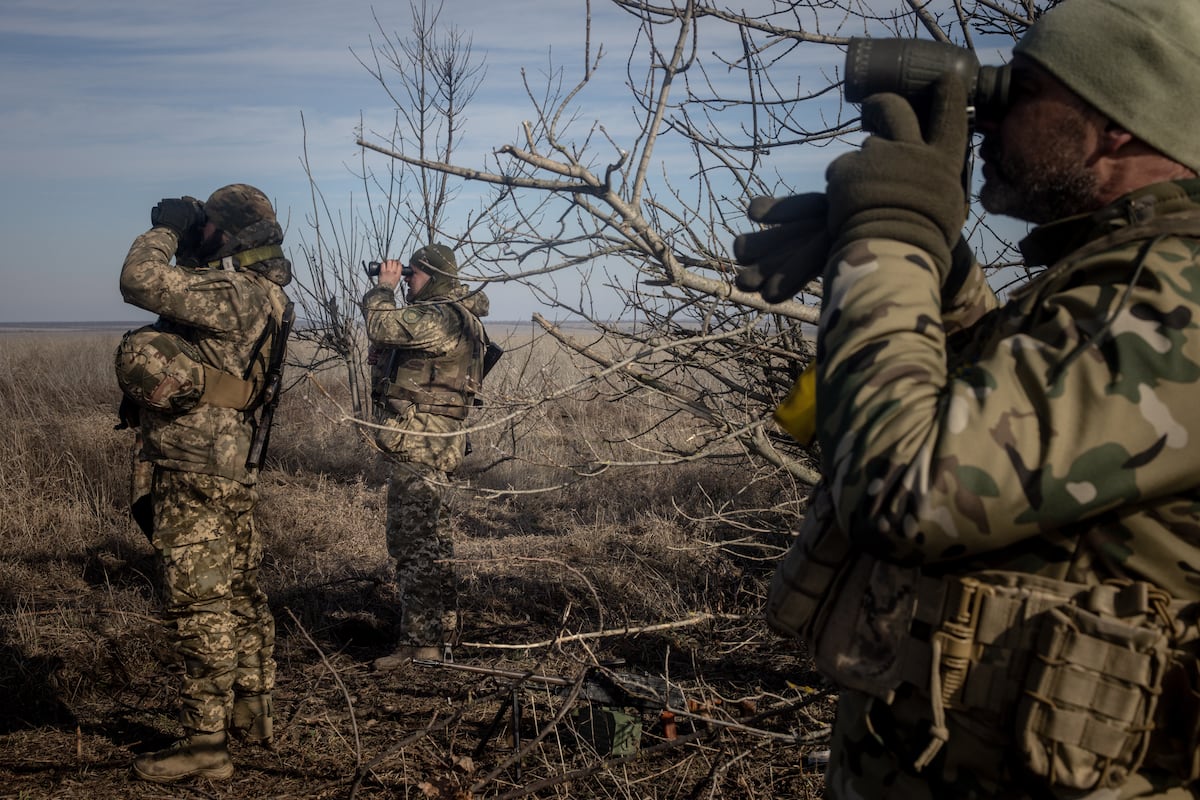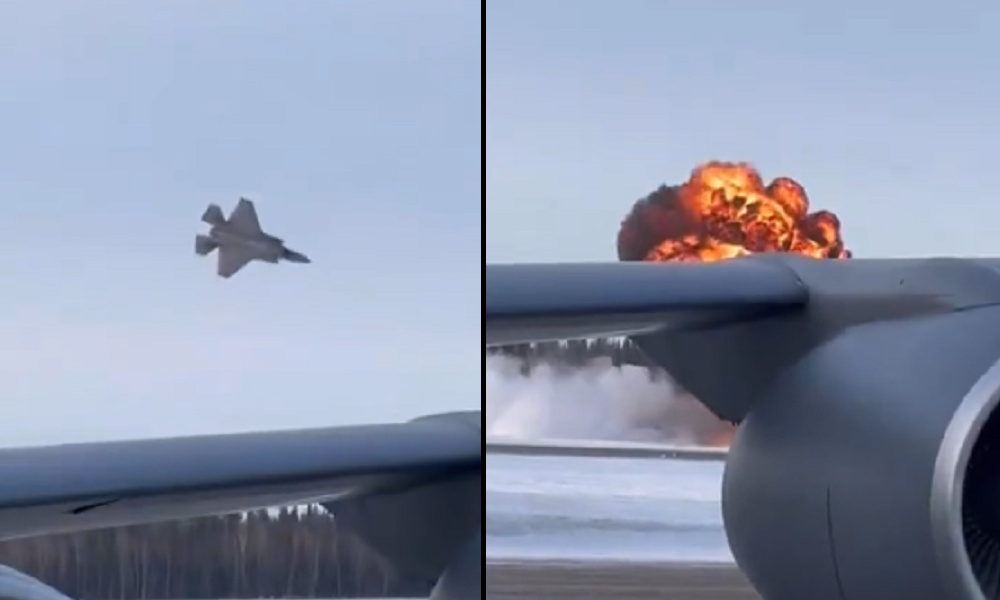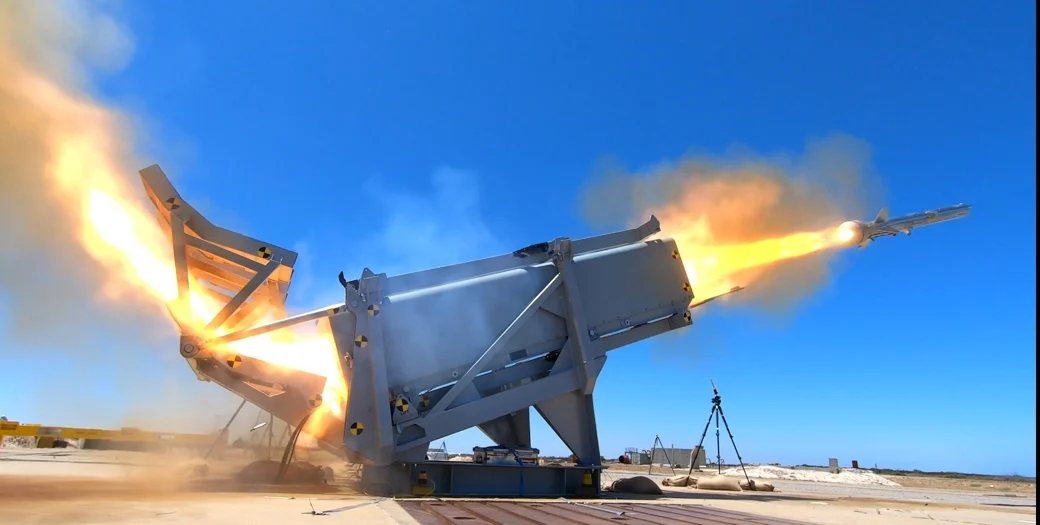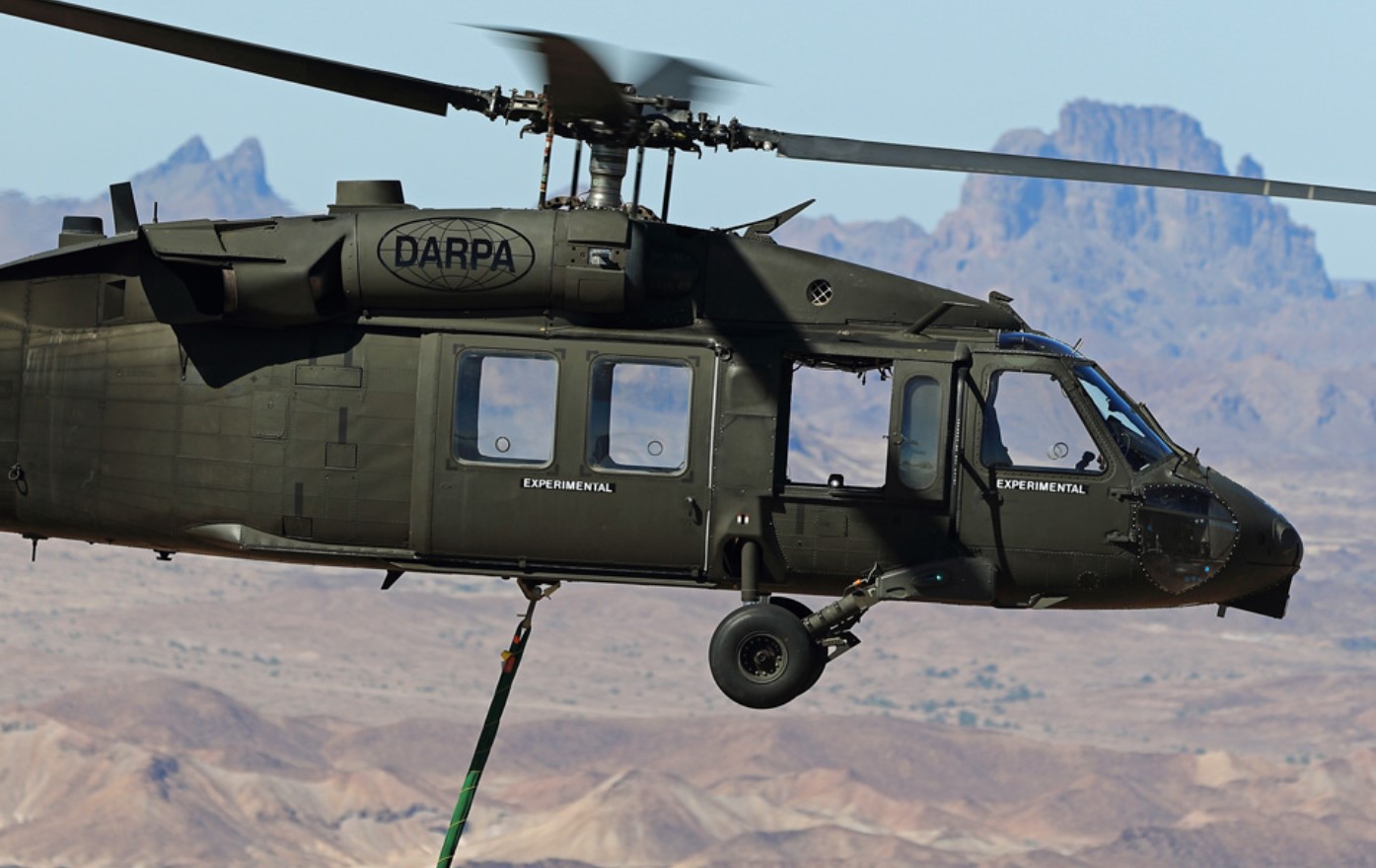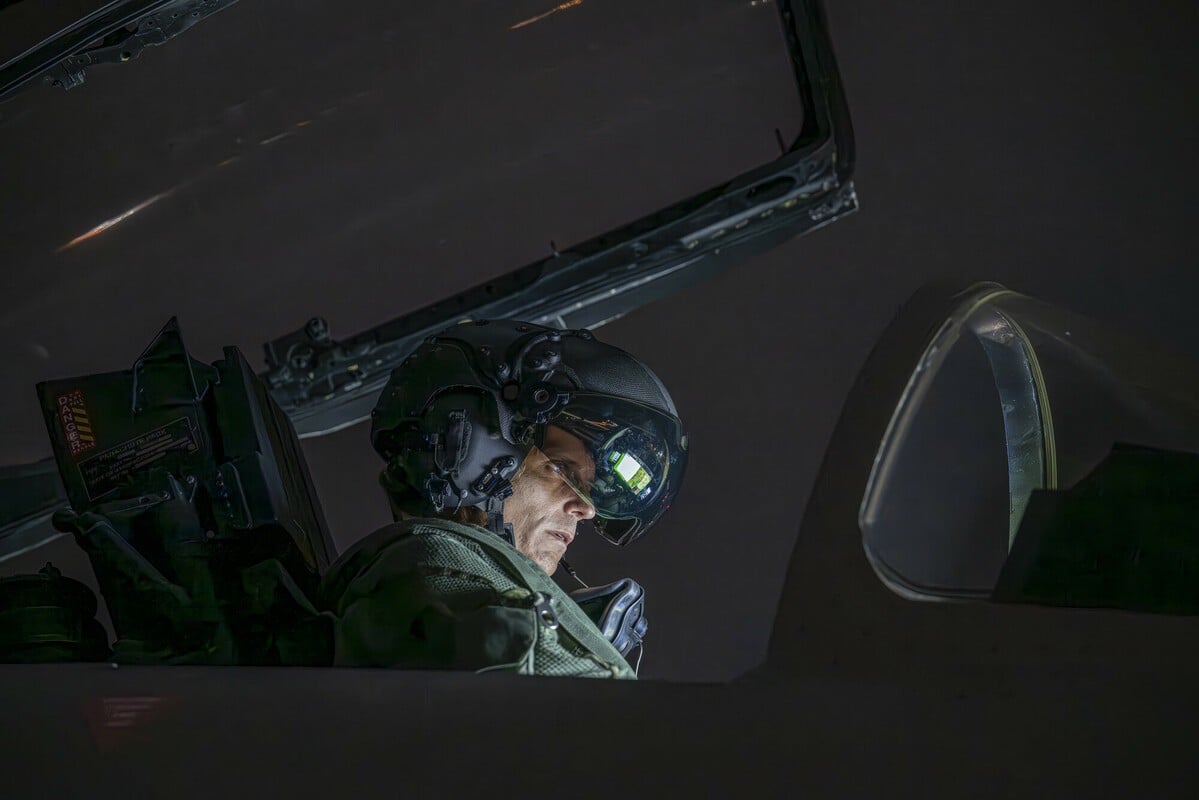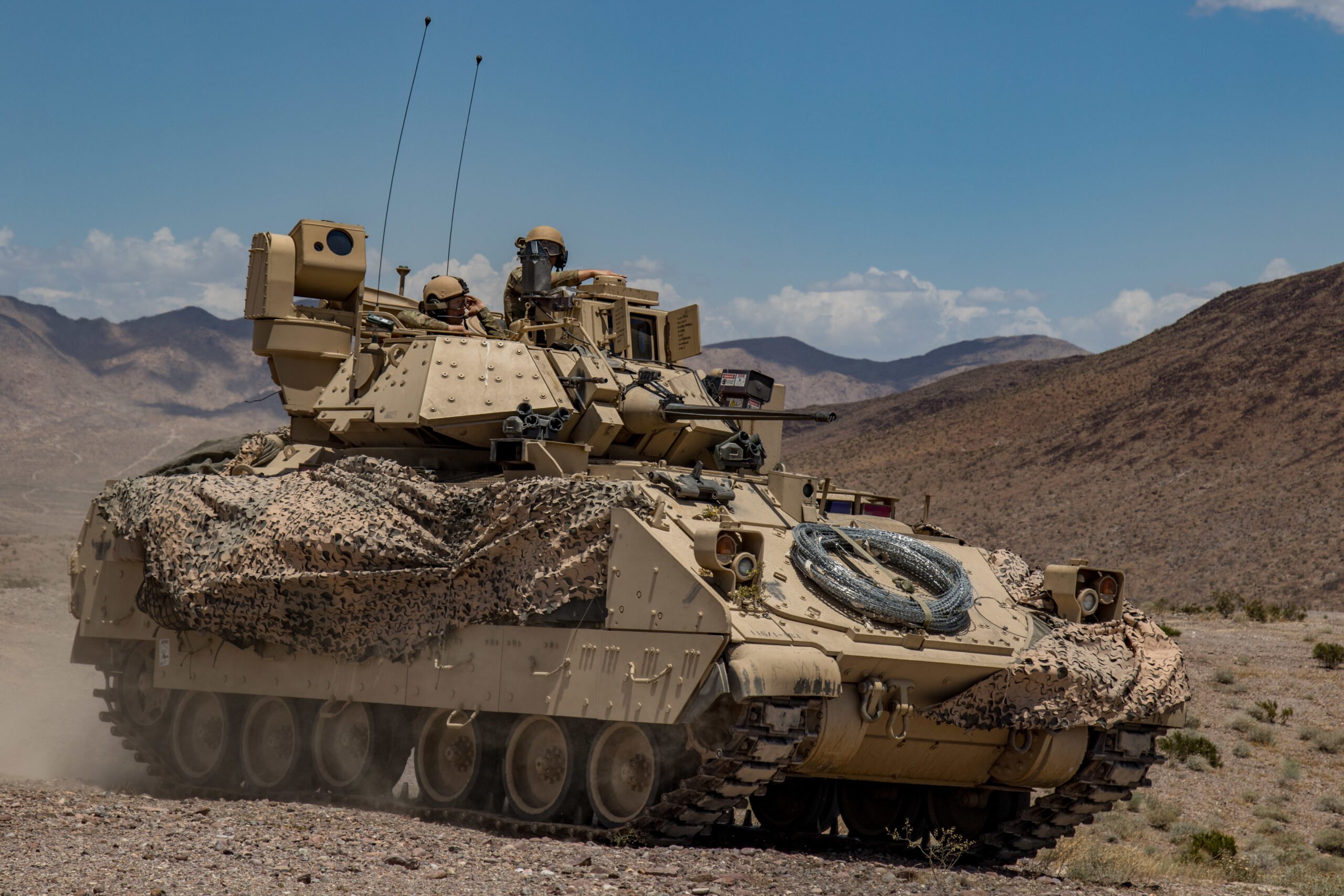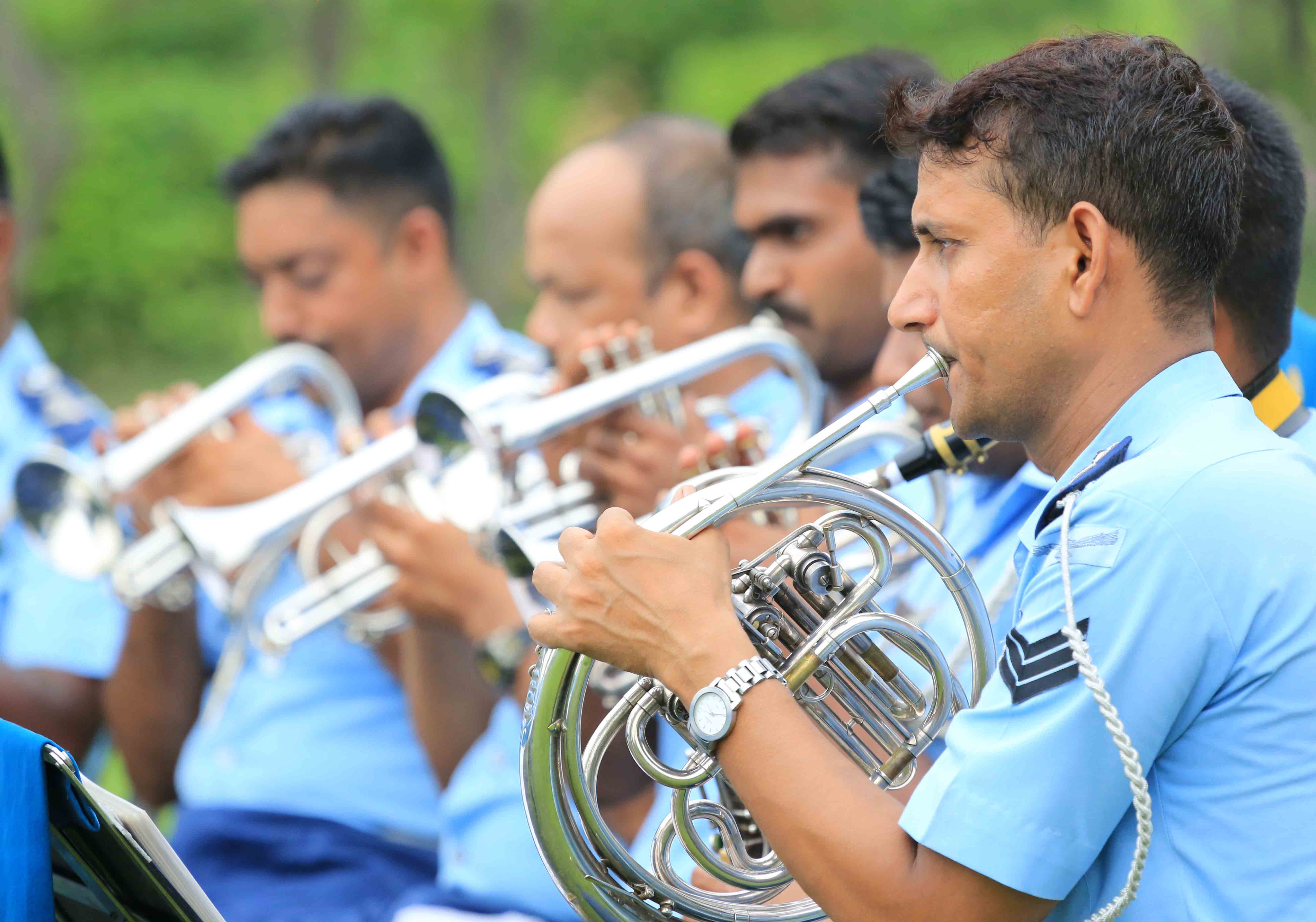MILAN — In an ongoing effort to adapt to the evolving threat of modern warfare, both Russian and Ukrainian militaries are experimenting with various forms of ammunition to enhance the effectiveness of soldiers’ rifles against increasingly sophisticated exploding drones. According to experts and social media reports, this move highlights a systematic approach to countering a serious problem that has led to numerous casualties on the battlefield.
First-person view (FPV) drones have gained notoriety for their effectiveness, spurred by advancements in technology and piloting skills, as well as the inconsistent performance of existing electronic warfare and jamming systems. Sam Bendett, an advisor at the Washington-based Center for Naval Analyses, pointed out that this growing effectiveness has pushed soldiers to develop methods to shoot down drones in their final flight stages.
However, the success of using small arms for drone interception remains uncertain, often reliant on chance and the skill of the drone pilot. Recent posts from Russian Telegram channels showcased soldiers crafting makeshift anti-drone ammunition, utilizing pellets from buckshot rounds and repurposing them for standard 5.45x39mm rounds typically fired from assault rifles. The challenges extend beyond this, as the outcome depends on various factors, including the size of the pellets used and the structural integrity of the drone being targeted.
According to Paul Bradley, a ballistics expert at Hexagon Ammunition, while larger pellets provide more mass, their kinetic energy is dispersed over a larger surface area, a phenomenon referred to as “pattern.” He noted that a denser pattern enhances the probability of hitting a target, whereas smaller pellets diminish the terminal effect on impact.
In early November, the German military-news site Hartpunkt highlighted insights from the Ukrainian Special Forces Command, which assessed the use of 12-gauge shotguns by Russian troops as a response to small drones. The analysis indicated a perceived severity of the EFV drone threat, suggesting that military vehicles near the frontlines should have dedicated shooters positioned to counteract any electronic warfare system failures. Russian troops have also been reported to track the launch sites of Ukrainian drones, setting ambushes with multiple drone shooters to intercept these threats.
Bradley elaborated on the design disparities between consumer drones, such as those manufactured by DJI, and FPV drones, which are typically constructed with robust materials that are less susceptible to damage. He noted that while sporting ammunition can easily harm hobbyist quadcopters, FPV drones, due to their sturdier builds, often remain intact even after being hit.
The Ukrainian Third Assault Brigade recently conducted experimental shooting exercises focused on simulating FPV drone attacks. During these tests, soldiers evaluated both standard ammunition and specialized anti-drone rounds from various firearms, including shotguns. Results showed that most attempts to neutralize the FPV drones failed; even when damaged, they were able to continue flying due to the insufficiency of the force applied in most cases. In a rare instance where the target was struck with an anti-drone charge, it crashed and caught fire without inflicting serious danger on the shooter.
Short-range drone defense tactics emerging from Ukraine have attracted attention from Western ammunition producers. Notably, Norma, a Swedish cartridge manufacturer under Beretta Holding, is developing and testing its Anti-Drone Long Effective Range (AD-LER) rounds against FPVs. Reports suggest that during trials, the AD-LER managed to incapacitate six out of seven drones launched from a distance of up to 50 meters, illustrating a potential advancement in counter-drone armaments.
As both nations refine their approaches to drone warfare, the focus on creating specialized ammunition indicates a significant evolution in military tactics designed to address the formidable challenges posed by evolving drone technology.

